Don’t let yourself be made into an instrument by the pictures – and don’t manipulate the person looking at a photo. This could be one of the mottoes of Jules Spinatsch, the photographer from Grisons, for whom the quality of a photograph can be measured by its ambiguity. “I don’t want to be told exactly what I should see in an image, or even what I should not see, because that would be an insult,” says the artist.
We find him on the terrace of the Fédéral restaurant, just opposite the palace of the same name. It is May, and the photographer, who has adopted Zurich as his home town, has come to Bern to take part in the launch of a competition to decorate the long, oblique hall below the corridor of the lobby – where elected representatives, lobbyists and journalists meet. “It is the first time that contemporary art has been admitted within the walls of the Federal Palace,” says the photographer brightly, and takes the opportunity to poke fun at an incident in which palm trees were removed from the lobby at the request of some members of parliament – from the Swiss People’s Party, he says – because they are not Swiss plants.
Irony and distance
Irony and perspective: these are two of the principles of Jules Spinatsch’s photography. In his work, he marries the precision of an engineer with the sceptical, analytical approach of a journalist. In “Temporary Discomfort”, which won the award for best documentary photography book at Arles in 2005, Jules Spinatsch explores politics from the point of view of surveillance. To carry out this vast study, he went first to the G8 summits in Genoa and Evian, then to the 2002 World Economic Forum – moved that year from Davos to New York in honour of the victims of the attacks on 11 September 2001 – and finally to the 2003 Davos forum.
The section of this photographic essay devoted to the Alps takes place in Davos at a time when the town was protected from the alter-globalists according to a plan put in place by Peter Arbenz, former Delegate for Refugee Affairs, who advocated spaces where a dialogue could be held with the anti-WEF protesters. Jules Spinatsch zigzagged between the five palaces of the mountain town and snapped drivers and bodyguards. From a vantage point on the slopes of the resort and using a 1200mm lens, he photographed the Davos Congress Centre, which lies at the epicentre of the forum. In other instances, he took mid-range shots, using a tripod to capture elements of the town. “These pictures are no truer than others, but they offer three perspectives, that is to say three views of the same thing. That brings depth and makes it possible to avoid being an instrument of the police or of the alter-globalists,” says the artist.
“A picture is nothing without its context”
In the night-time shots of the resort, areas lit up by spotlights are revealed, including chalets, cross-country ski trails and the Davos Congress Centre. In this context of surveillance, the light makes the most anodyne elements seem suspect. “A picture by itself is nothing. You need a context, an audience, a caption,” insists the 52-year-old artist, who cites the famous shots by Robert Capa taken during the Normandy landings as an example. “There is no way to access the negative. So, if you realised that you had more or less the same image three times on the film, there would no longer be a decisive moment. The moment when the photographer pressed the shutter,” says Spinatsch.
From his years spent as an apprentice at a radio and TV repair business in Davos and at an engineering school in Buchs, Spinatsch has retained a keen taste for technology, which he uses to question photography. Sweeping a field of vision for hours on end to capture continuous images for a photo series is a technique that the photographer has used in many places, beginning with the Davos forum. In one of these panoramic pictures, 1,740 images were recorded between 1.56 p.m. and 5.15 p.m. on 25 January 2003. Calm prevails throughout. He admits that on the afternoon in question, this space should have been the scene of a demonstration by the alter-globalists. In fact, the majority of them had been detained at Küblis train station. In one of the photographs, a solitary man brandishes a banner.
10,008 pictures to capture the Opera Ball in Vienna
What does this panorama say? It would only have needed this demonstrator to have passed a few seconds later for the scene to be entirely devoid of any protesters. “The camera has its own rhythm. It’s a mixture of controlling and not controlling what is happening. Each picture is documentary and precise, but what happens is the result of chance. So attempting to interpret a picture involves some speculation,” explains Spinatsch. The photographer revisited this idea to capture a highlight of the Viennese social calendar: the Opera Ball. The result was 71 pictures – from the 10,008 taken between the evening and the morning – made more beautiful by their arbitrary nature.
Another long-term project is the ten-part series devoted to nuclear energy, entitled “Asynchronous I-X”. One of the sections deals with the Zwentendorf nuclear power plant in Austria. The start-up of the plant was halted in 1978, when it was ready to begin operating. The artist spent exactly 20 minutes lowering a camera into the reactor, resulting in an image showing what would have been the path taken by the nuclear fuel. Another subject of the series is the iconography that has developed around Mirages, the jets that the Swiss Air Force wanted to see equipped to carry nuclear bombs to Moscow. The artist’s pictures are aimed at “disinterpreting the original didactic material, comprising photographs and presentations, used to promote nuclear technology”.
In “Snow Management Complex”, which appeared in 2014, the Swiss artist explores the mountains lit up by snow groomers and shows the landscape changed by the artificial lakes needed for snow cannons. In the pictures, the Alps are transformed into a theme park. In the same book, the photographer presents a selection of postcards printed from 1897 onwards, the year which saw the birth of winter sports and the use of cards to promote these destinations. Is it nostalgic? “I don’t wish to judge,” is the trenchant response. When he was young, Jules Spinatsch lived high up at 2,590 metres above sea level, in the panoramic Jakobshorn restaurant managed by his parents. “At night, I pressed my nose up against the windows of the restaurant. I watched the lights of Davos glittering in the night,” he recalls. It was perhaps during those moments of solitude that the boy developed his taste for this photographic vision, characterised by distance.
Jules Spinatsch was born in Davos in 1964. He studied at the ICP in New York from 1993 to 1994. His documentary photography book “Temporary Discomfort” won a prize at Arles in 2005. Ten years later, in 2015, he was given seven exhibition spaces at the Fotofestival Mannheim-Ludwigsburg- Heidelberg.
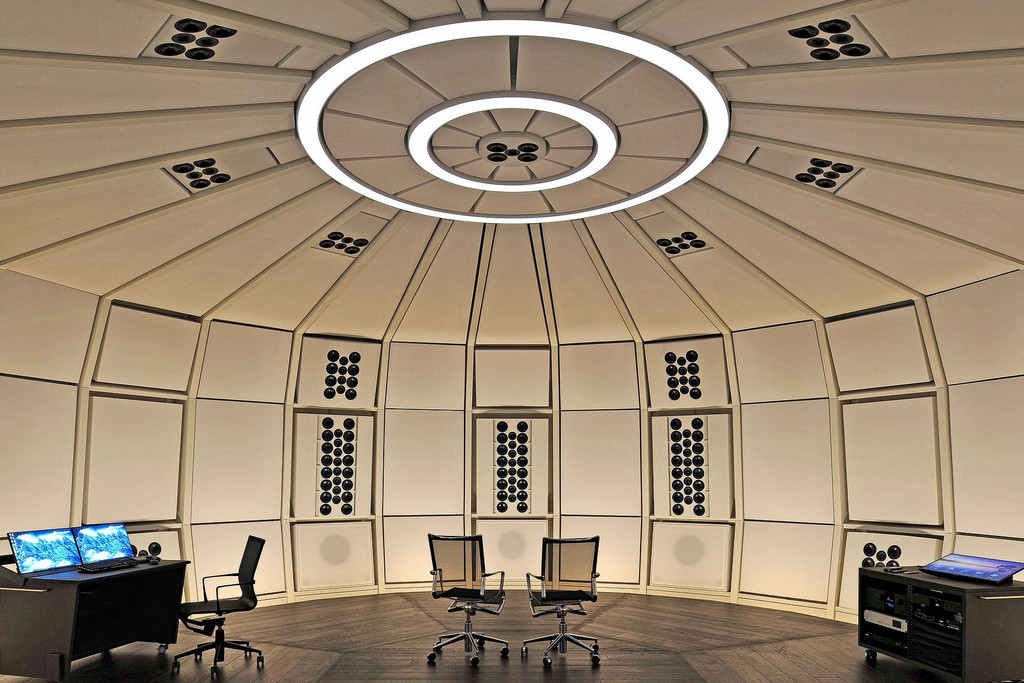
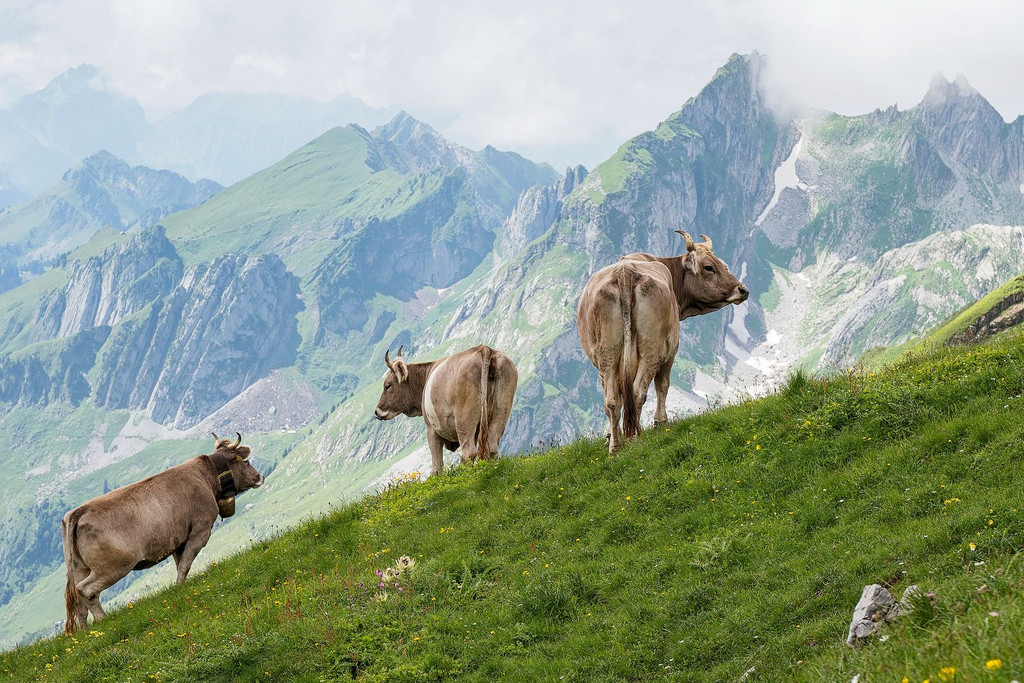
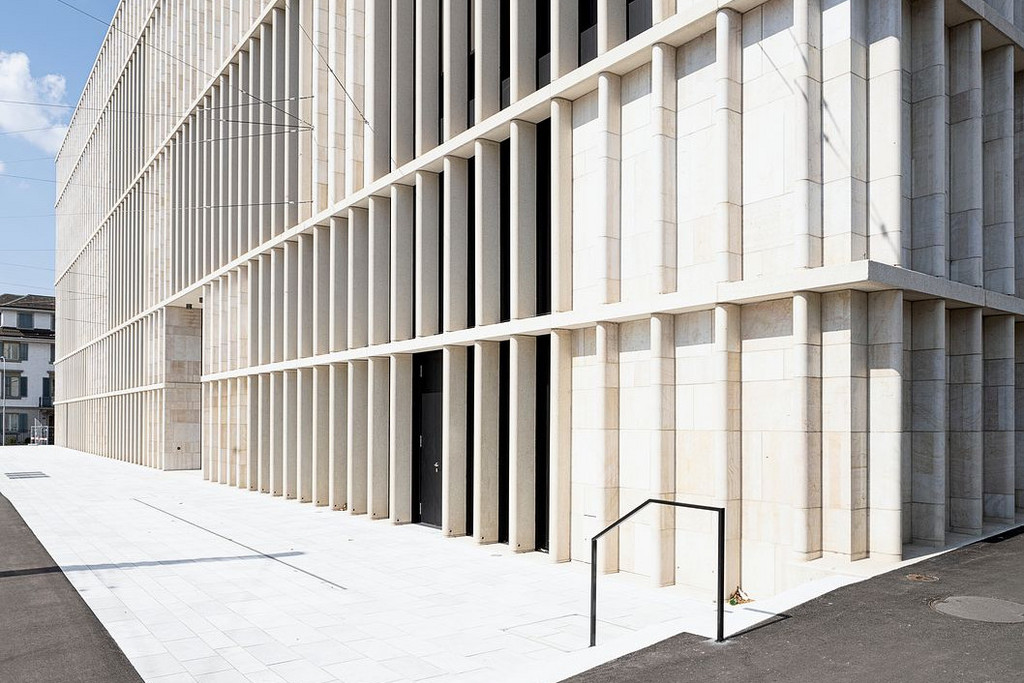

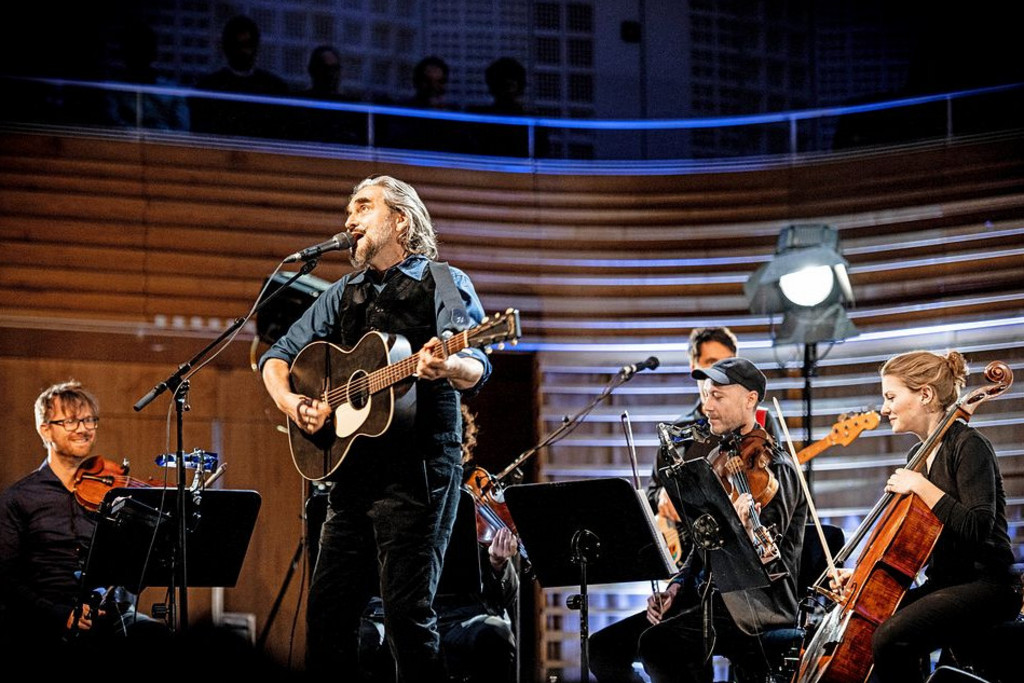
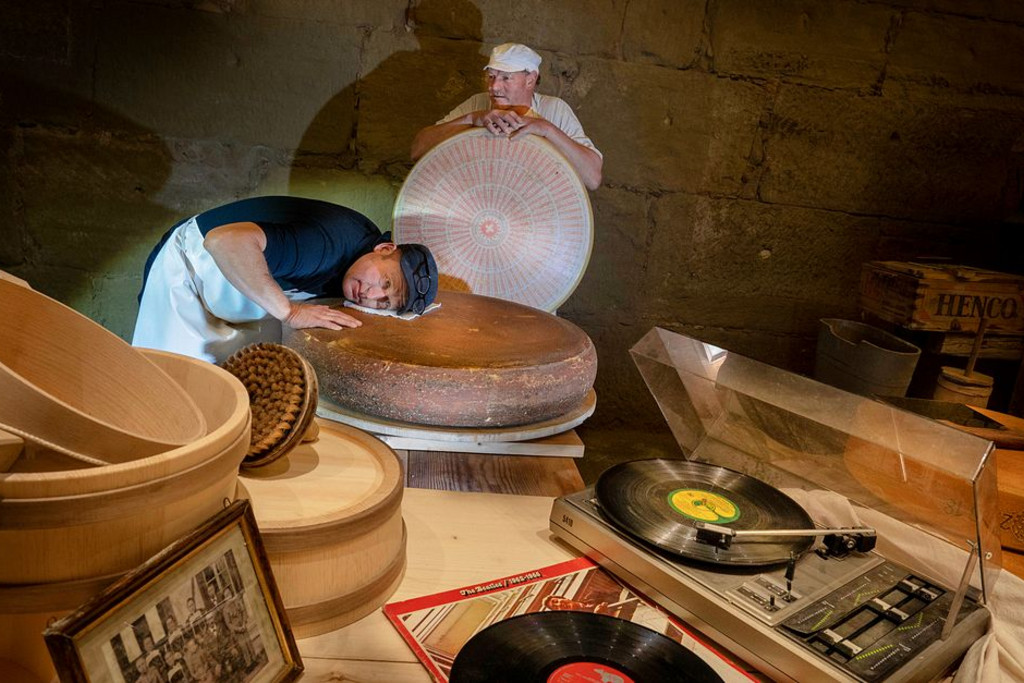
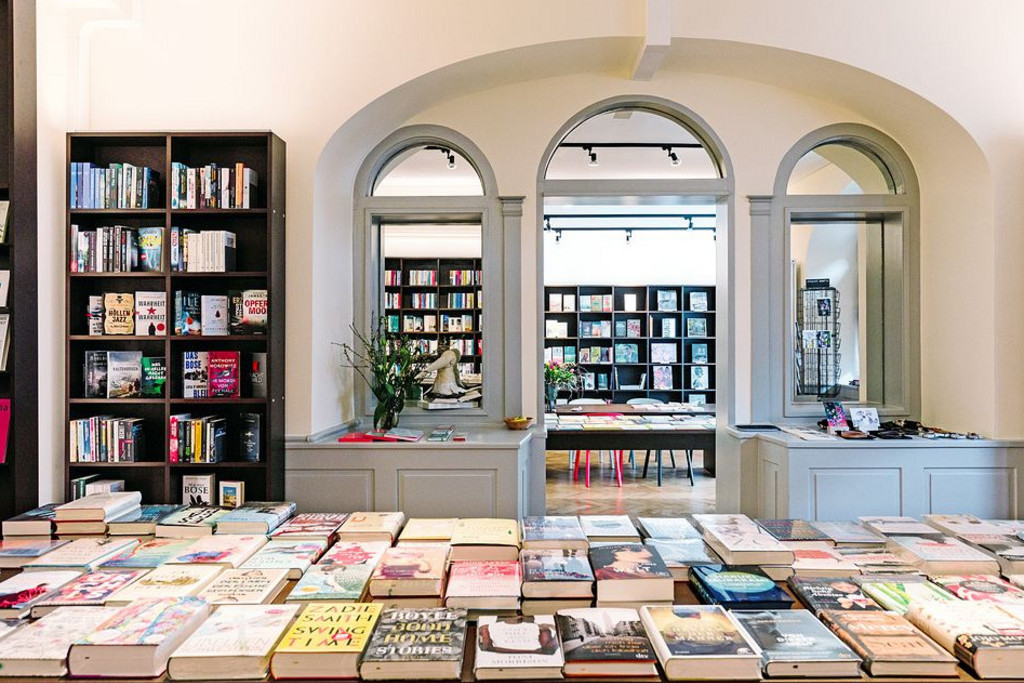




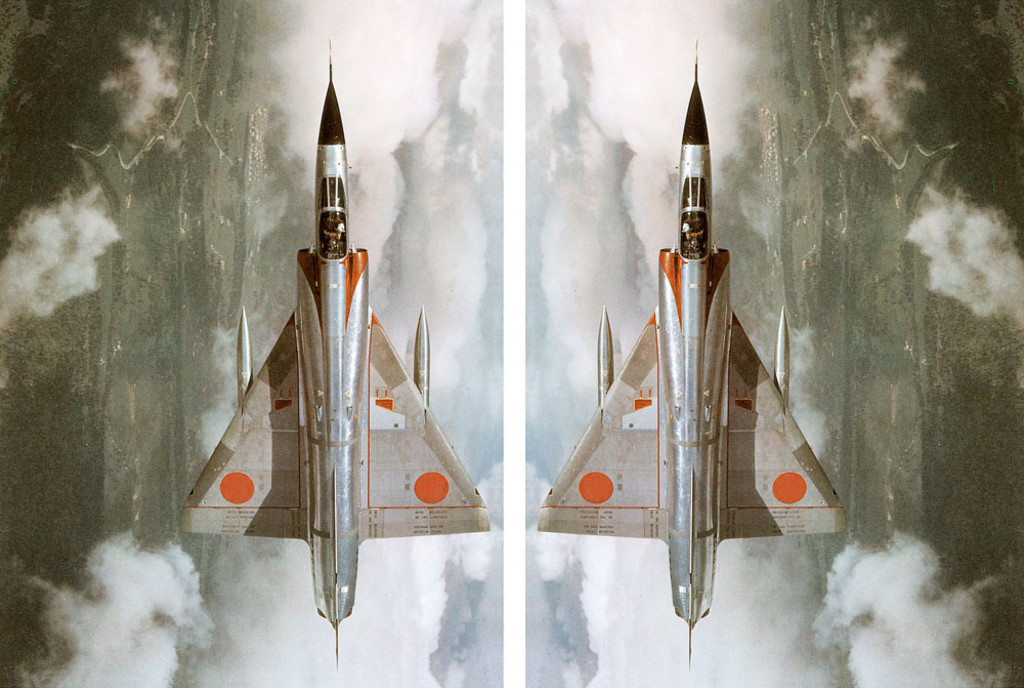
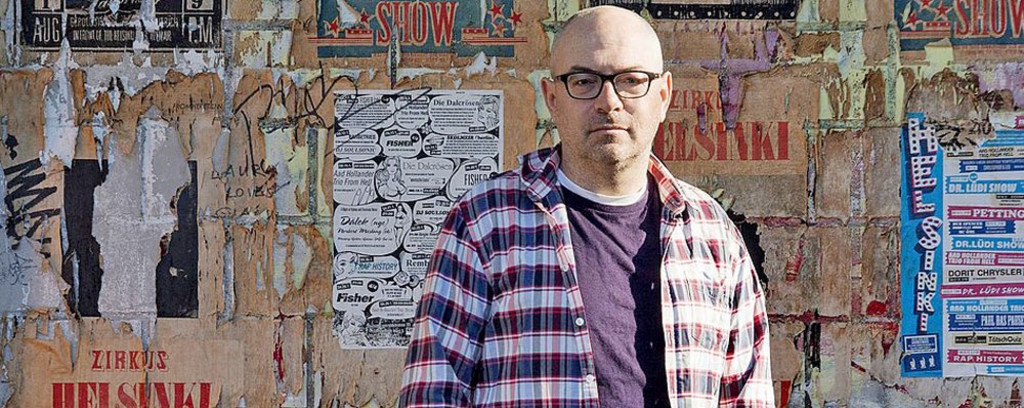
Comments